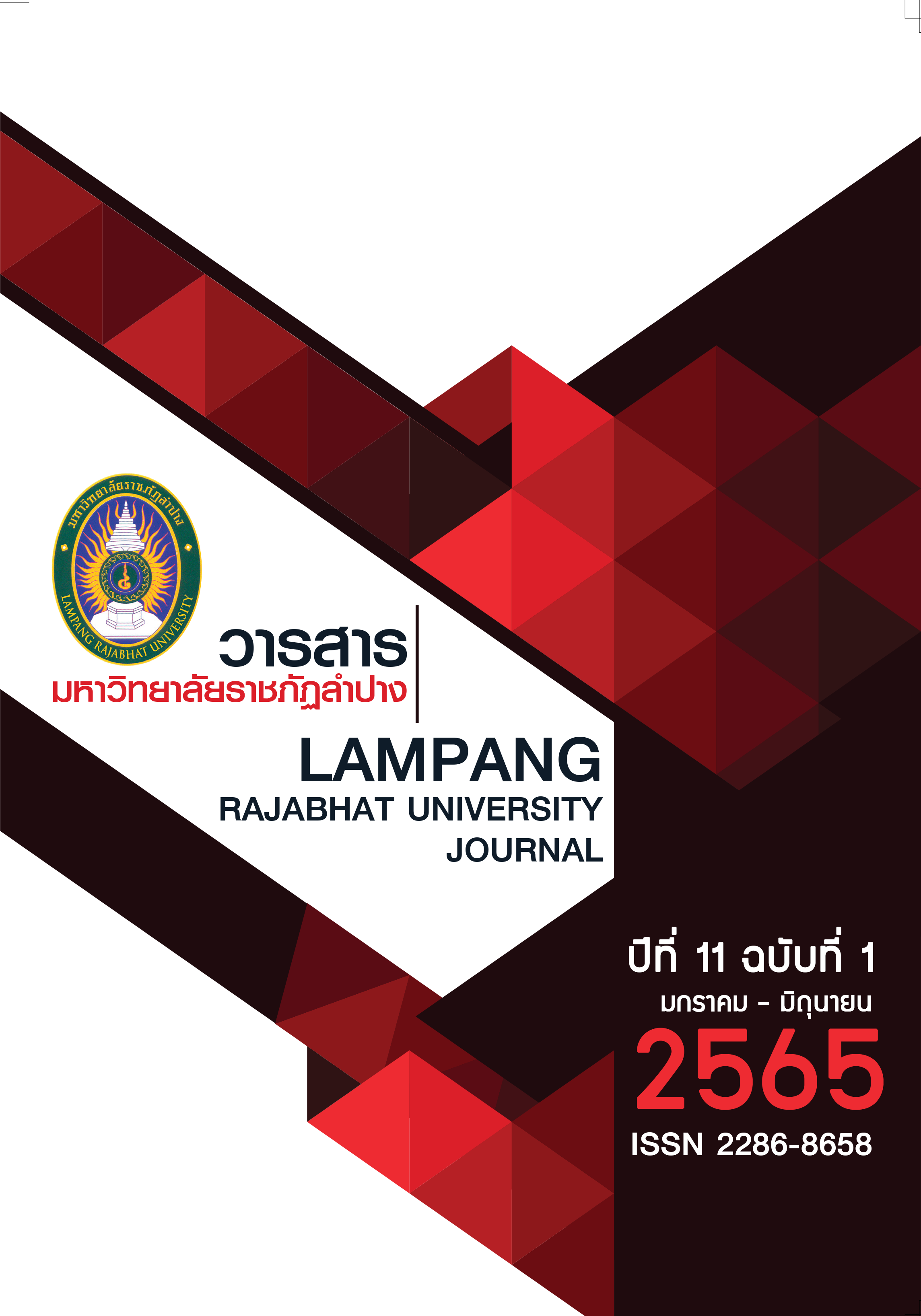The development of the identity of the Singha Khao for survival in the digital age
Keywords:
white lion identity, adjustment in the digital age, White LionAbstract
The objectives of this research are 1) to study the identity of White Lion (Singha Khao) and communication for creating White Lion identity and 2) to identity the developing identity of White Lion guidelines for adjustment in the digital age. This research is qualitative research methodologies which are the in-depth interview with 20 informants; ex-professors, professors, alumnus and students of Faculty of Political Science and Public Administration, Chiang Mai University and also the focus group with 5 key informants who are executive position; vice-dean, assistant to the dean, association president, the representation of foundation and student union president. The data analysis focus on the explanation-building: the first, second and third order interpretation of meaning and phenomena.
The research found that symbolic identity of White Lion (Singha Khao) was Singha Khao mark. It was spiritual identity that was “Singha Phu-Thorn” (the alumnus who work and progress at most in the local area). The communication for creating White Lion identity had 2 ways; motto and activities. Moreover, the developing identity of White Lion for adjustment in the digital age was the identity strengthening by related people, the concept changing of creating identity from participation to cooperation, the meaning changing of “Singha Phu-Thorn” to be (the alumnus who work and progress in everywhere) and the White Lion role adjustment to be outstanding in the way of civil society. Furthermore, White Lion should have skill of thinking, compete against yourself, achieving goals and focusing on create the social necessity.
References
จุฑาพรรธ์ ผดุงชีวิต. (2550). วัฒนธรรมการสื่อสารและอัตลักษณ์. กรุงเทพฯ: จุฬาลงกรณ์มหาวิทยาลัย.
ชาย โพธิสิตา. (2547). ศาสตร์และศิลป์แห่งการวิจัยเชิงคุณภาพ. กรุงเทพฯ: สถาบันวิจัยประชากรและสังคม มหาวิทยาลัยมหิดล.
โชติ บดีรัฐ. (2561). วิธีวิจัยทางรัฐประศาสนศาสตร์เบื้องต้น. กรุงเทพฯ: จุฬาลงกรณ์มหาวิทยาลัย.
ณัฐพล ใยไพโรจน์. (2559). Digital Marketing. นนทบุรี: ไอดีซีพรีเมียร์.
ภัทราพร เกษสังข์. (2559). การวิจัยปฏิบัติการ. กรุงเทพฯ: จุฬาลงกรณ์มหาวิทยาลัย.
รวีวรรณ แพทย์สมาน. (2548). โครงการจัดตั้งคณะรัฐศาสตร์และรัฐศาสตร์ มหาวิทยาลัยเชียงใหม่ (คณะในกำกับ). เชียงใหม่: มหาวิทยาลัยเชียงใหม่.
ลั่นทม จอนจวบทรง. (2561). การวิจัยทางระบบสารสนเทศ. กรุงเทพฯ: จุฬาลงกรณ์มหาวิทยาลัย.
ลิวอิส เอ. โคเซอร์. (2535). แนวความคิดทฤษฎ๊ทางสังคมวิทยาตอนชาร์ลส์ ฮอร็ตัน คูลี่ย์และ ยอร์จ เฮอร์เบิร์ต มี้ด. กรุงเทพฯ: มหาวิทยาลัยธรรมศาสตร์.
ศาสตรพันธุ์. (ม.ป.ป.). สัญลักษณ์. กรุงเทพมหานคร: ประวิทย์ สัมมนาวงศ์.
สัญญา สัญญาวิวัฒน์. (2545). ทฤษฎีสังคมวิทยาเนื้อหาและแนวการใช้ประโยชน์เบื้องต้น. กรุงเทพฯ: จุฬาลงกรณ์มหาวิทยาลัย.
สุนิล คุปตะ. (2562). เปลี่ยนให้โต GO ให้สุดด้วยกลยุทธ์ดิจิทัล. กรุงเทพฯ: เนชั่นบุ๊คส์.
สุมิตรา ศรีวิบูลย์. (2547). การออกแบบอัตลักษณ์. กรุงเทพมหานคร: เลิฟแอนด์ลิฟเพรส.
อภิญญา เฟื่องฟูสกุล. (2546). อัตลักษณ์. กรุงเทพฯ: คณะกรรมการสภาวิจัยแห่งชาติ. จุฬาลงกรณ์มหาวิทยาลัย.
เอซิโอ มานซินี่. (2562). การเมืองแห่งชีวิตประจำวัน. กรุงเทพมหานคร: ภาพพิมพ์.
Whetten, David A., and Paul C. Godfrey. (1998). Identity in Organization. London: SAGE.
Van Reil, C.B. and J.M. Balmer. (1997). Corporate Identity. European Journal of Marketing.
Downloads
Published
How to Cite
Issue
Section
License
Copyright (c) 2022 Lampang Rajabhat University Journal

This work is licensed under a Creative Commons Attribution-NonCommercial-NoDerivatives 4.0 International License.
บทความลิขสิทธิ์ของวารสารมหาวิทยาลัยราชภัฎลำปาง






